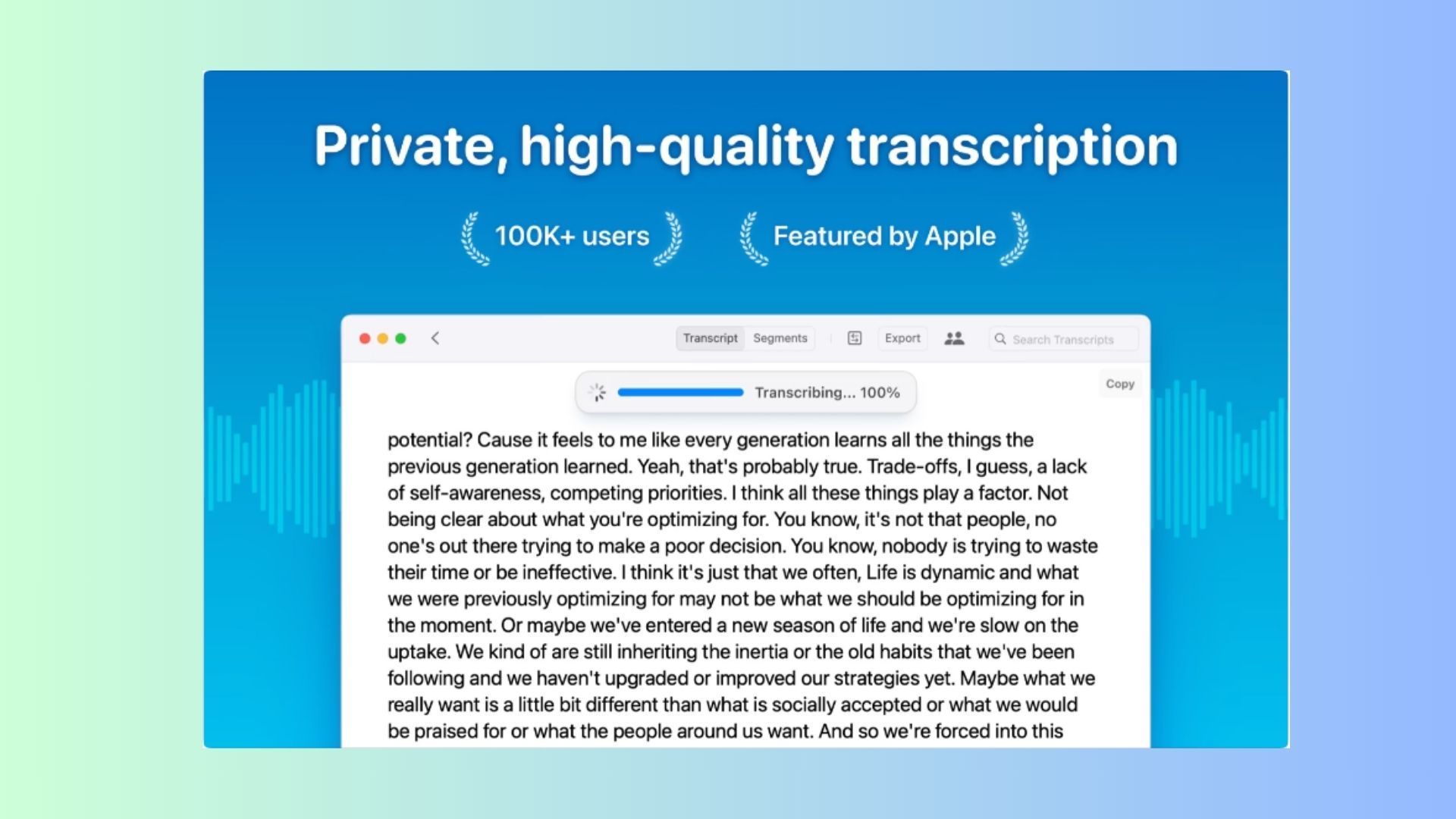Whisper by OpenAI: Transforming Speech-to-Text Tech
Dive into the world of Whisper by OpenAI. See how this groundbreaking speech-to-text tool is changing business communication and tech innovation.

In the rapidly evolving world of digital communication, OpenAI's Whisper emerges not just as a tool, but as a revolution. As a web strategist and chat technology expert, I've been closely following Whisper's journey. It's more than just another open-source project; it's a beacon of innovation in speech-to-text technology.
The Open Source revolution
The magic of Whisper begins with its open-source nature. This approach isn't just about sharing code; it's about inviting the world to improve, adapt, and innovate. By making Whisper open-source, OpenAI has not only democratized speech-to-text technology but also accelerated its evolution. The result? A more robust, efficient, and cost-effective solution for everyone.

Whisper's versatility
What truly sets Whisper apart is its versatility. It's not confined to high-end servers or specific platforms. Whether it's running on a personal Mac, a Windows PC, or cloud platforms like Microsoft Azure, Whisper adapts seamlessly. This flexibility is a game-changer for businesses, big and small, offering them a powerful tool without the hefty price tag.

A deep dive into Whisper's capabilities
Trained on an astonishing 680,000 hours of multilingual data, Whisper isn't just another speech recognition tool. It's a polyglot powerhouse. From deciphering various accents to cutting through background noise, Whisper handles it all with remarkable finesse. And it's not just about understanding different languages; it's about bridging communication gaps across them.
Beyond theory: Whisper in action
My experiments with Whisper have been nothing short of fascinating. I've been testing it with video call transcriptions, comparing its performance with platforms like Fireflies.ai and Tactiq. These tests aren't just about assessing accuracy; they're about understanding how such technology can be woven into the fabric of business communication.
Imagine integrating Whisper's transcriptions with large language models like ChatGPT. The possibilities are endless – from generating instant meeting summaries to offering real-time translation services. This isn't just about making life easier; it's about redefining how businesses interact and operate.
In my personal journey with Whisper, one of the most intriguing aspects has been its integration with ChatGPT. Each time I converse with ChatGPT using spoken language, Whisper silently plays a crucial role. It's the bridge between my spoken words and ChatGPT's understanding. This seamless interaction is fascinating – Whisper accurately picks up my speech, converting it into text that feeds directly into ChatGPT. This not only showcases Whisper's precision but also its potential to enhance and simplify how we interact with advanced AI systems. It's a practical demonstration of how these technologies can work in tandem to create a more intuitive and natural user experience.

While exploring the depths of Whisper's functionality, it's important to note a key distinction: Whisper excels in speech-to-text, but it does not venture into the realm of generating speech. That's a different arena, handled by another unnamed module within OpenAI's suite of tools. For this speech generation aspect, OpenAI has taken a unique approach by employing five professional voice actors. The resulting voices, each with their own distinct character, are named Juniper, Sky, Ember, Breeze, and Cove. This diversification in voice technology complements Whisper's capabilities, together painting a comprehensive picture of OpenAI's advancements in auditory AI.
Real change in the market
Reflecting on the impact of Whisper, it strikes me that its significance goes beyond its technical prowess. It's the combination of its advanced features and its affordability, thanks to being open-source, that really stands out. This blend is what I believe will drive real change in the market. It's not just about offering a sophisticated tool; it's about making such technology accessible to a wider audience. This, in my view, is where Whisper could truly make a difference, transforming how we approach communication and efficiency in business.
Stay tuned, as I delve deeper into the practical applications of Whisper, especially in video call transcriptions. The future of digital communication is here, and it's whispering a tale of endless possibilities.



